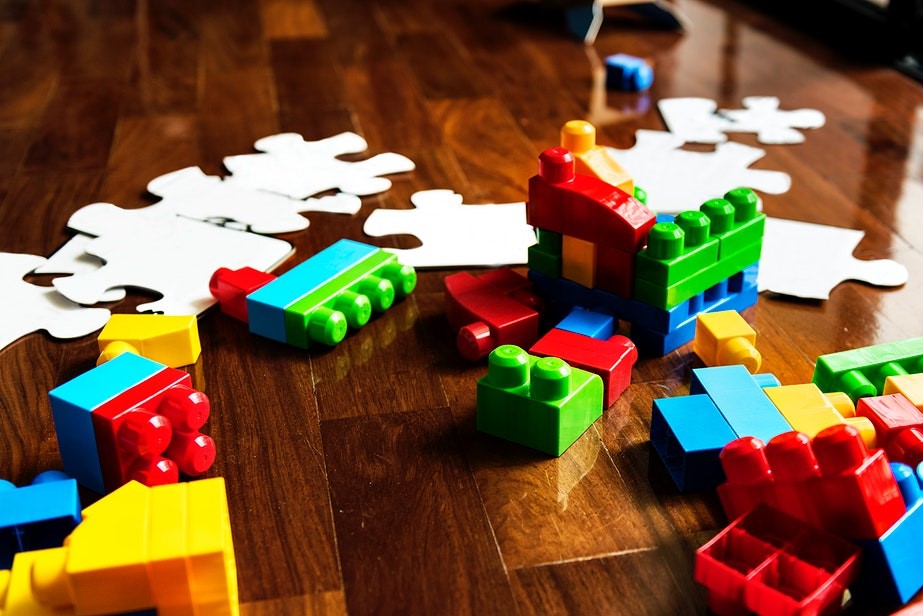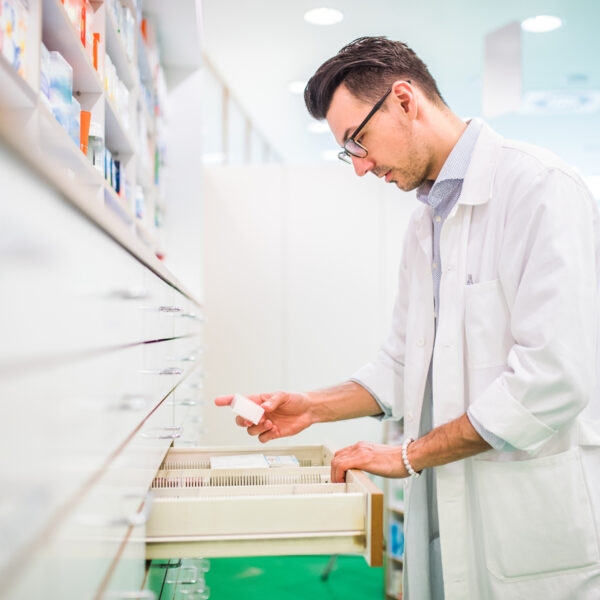Next up in our Safe Toys and Gifts Month series we have compiled a short list outlining the dangers of some harmful and potentially toxic chemicals that can be found in many plastic children’s toys. Plastic toys account for approximately 90% of toys currently on the market, so the likelihood of purchasing one for a child in your life is fairly high.
One might wonder why or how these chemicals end up in toys made for children, and the answer isn’t always clear. Typically, they are used to make toys more durable and flame retardant, but they can also be made in countries where the laws against using these chemicals are much less severe. The presence of these chemicals in kids’ toys is particularly dangerous, because young children are more susceptible to the potential dangers associated with these ingredients and may not have the strength to recover.
Here are some of the most common toxic chemicals to look out for when shopping for children’s toys.
Lead
One of the main reasons why children are more prone to being affected by harmful chemicals is because of how common it is for babies and toddlers to put plastic toys in their mouths. Adults may get exposed to these chemicals as well, but only in trace amounts.
If your little one likes to give their toys a taste, it is of the utmost importance that those toys do not contain lead, one of the most potentially harmful chemicals and carcinogens. While its usage has gone down recently, it has been used for years in items like toys, paint and jewelry, so keep children away from older products. The colorless and odorless substance can be absorbed by the body and cause serious, long-lasting health conditions.
BPA
Bisphenol A (BPA) is in almost everything we use or touch, and 90% of adults have some amount of BPA actually inside their bodies – it has been used to harden plastics for over 40 years, so coming into contact with it in some way is almost unavoidable.
Still, making an effort to find toys that are marked as BPA-free isn’t a bad idea. Children’s bodies are less developed and less capable of eliminating harmful substances. There are also studies which link the chemical to altered hormone levels, increased risk of heart problems and a plethora of other potential problems.

Phthalates
Phthalates are added to many plastic products to make them more flexible and/or harder to break, and are used in a number of plastic items, including some children’s toys. According to some animal studies, exposure to phthalates were linked to complications with the liver, kidneys, lungs and reproductive system.
Phthalates are commonly found in polyvinyl chloride (PVC), a type of plastic that is widely regarded as being unsafe for children. However, PVC-free toys and products are typically labelled as such and are luckily easy to avoid.
Buying Smart
As people become more health conscious, the presence of these toxic chemicals in toys is on the decline due to certain health and safety laws, and major health events would probably only happen in cases of extreme exposure. But when it comes to your children, you can NEVER be too safe!
There are many safer alternatives to mass-produced, potentially harmful children’s products. Look for locally made items or toys made with natural, organic materials or products with a stamp of approval from the Consumer Product Safety Commission (CPSC), who also have a great online resource. When possible, avoid second-hand or antique toys, as older models tend to have higher levels of the ingredients mentioned above.
[button link=”https://radiusstaffingsolutions.com/job-listings/” color=”lightblue”] Find a Job[/button] [button link=”https://radiusstaffingsolutions.com/contact-healthcare-employment-agency/” color=”lightblue”] Request Talent[/button]










